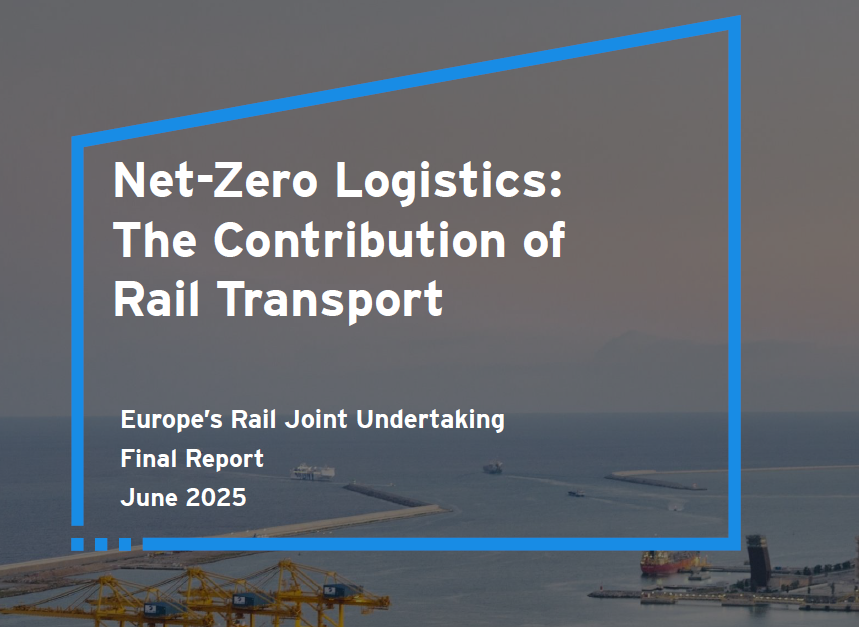FP1-MOTIONAL D2.4: Demonstration Strategy Flagship Project FP1-Motional explores solutions for the planning and...
D6.6-Specification of Passenger congestion monitoring
Output type:
This deliverable is developed as part of Task 6.5 within Work Package 6 (WP6) of the EU-Rail FP6 FutuRe project, a strategic initiative aimed at revitalizing regional railway networks across Europe. WP6 is dedicated to the specification phase, laying the groundwork for the solutions that will later be implemented and demonstrated by WP11. Task 6.5 emphasizes passenger congestion monitoring, providing information that enables operators and authorities to explore different scheduling approaches and adapt them to various transport services. This document specifically focuses on the passenger congestion monitoring specifications necessary to enhance the efficiency and service quality of regional railway lines. The goal of this deliverable is to create a comprehensive specification for a passenger congestion monitoring system and its associated algorithms. This system aims to enhance responsiveness to fluctuating passenger volumes in regional rail services. The structure of this deliverable includes the following key components: 1. Introduction (Section 1): A concise overview of the document’s purpose, objectives, and scope. 2. Objective/Aim (Section 2): Outlines the objectives and scope of this deliverable clearly and concisely. 3. Background (Section 3): Overview of congestion and monitoring, highlighting key challenges and current solutions. 4. Methodology (Section 4): The methodology used for the specification, focusing on the Architecture Analysis & Design Integrated Approach (ARCADIA). 5. Use Cases (Section 5): Detailed scenarios illustrating various passenger flow and congestion situations to provide practical context for system application. 6. System Requirements (Section 6): A thorough outline of both functional and non-functional requirements that the system must meet to be effective and reliable. 7. System Components (Section 7.2): Granular descriptions of each component’s functions and their alignment with system requirements, facilitating modular development and integration. 8. Exchange Scenarios (Section 7.3): Elaborated interactions between system components, depicting data flows during different operational conditions to ensure accurate and efficient data processing. 9. Algorithm Descriptions (Section 8): Specifications of algorithms designed to predict and manage passenger congestion using advanced data analytics and machine learning techniques. 10. Conclusion (Section 9): Summarizes the specifications for the passenger congestion monitoring system and its impact on regional railways. By defining these elements, this deliverable provides a robust framework for developing and implementing a passenger congestion monitoring system. This framework will guide subsequent development phases in WP11, ensuring the practical application of these specifications and thereby supporting the broader mission of the FutuRe project to revitalize regional railway networks across Europe.
















